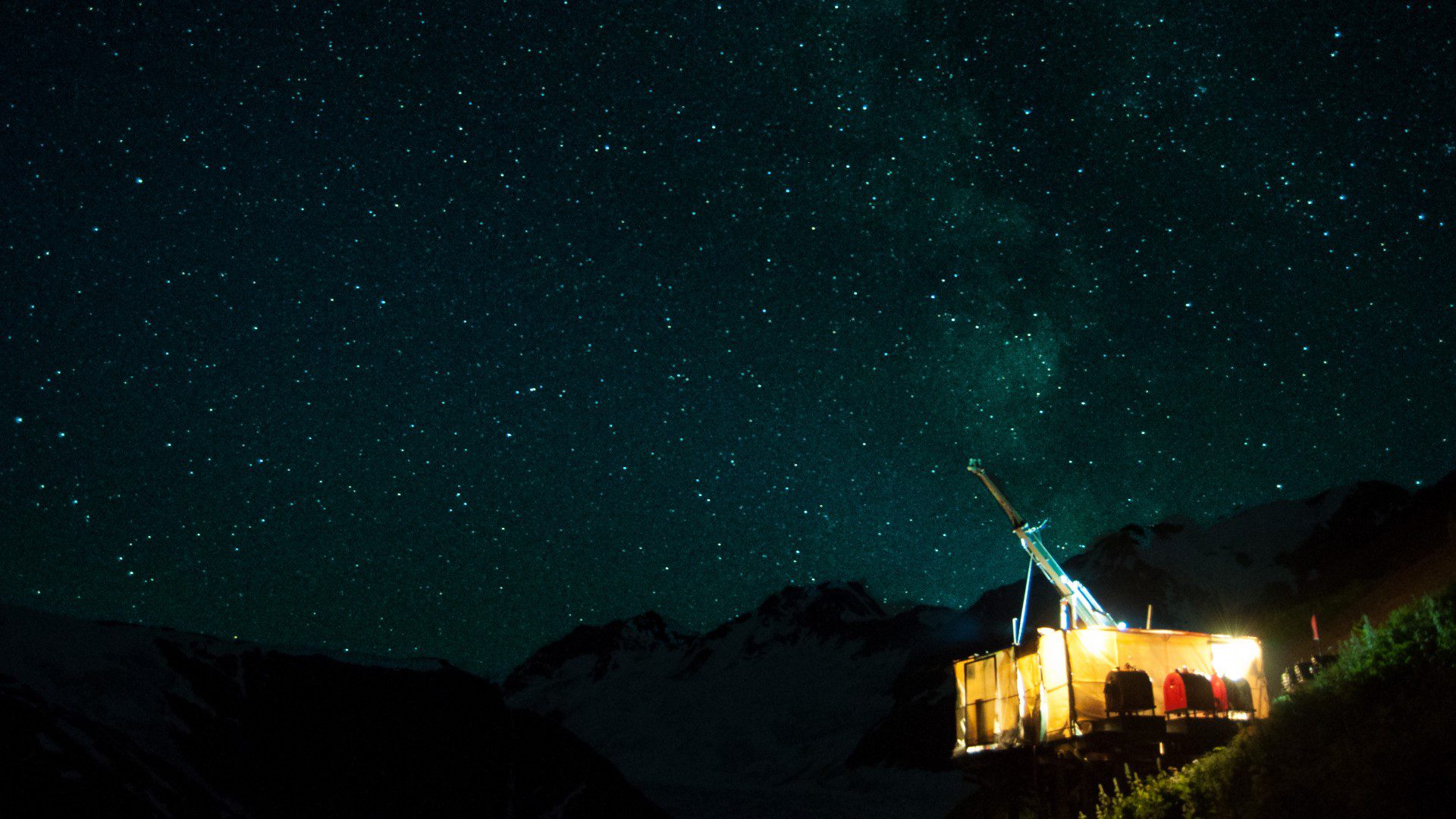In the face of increasing awareness around social responsibility and reconciliation, building strong, mutually beneficial relationships with Indigenous peoples and communities has become an important aspect of operating and developing mining and exploration projects in B.C. and around the world.
AME’s Indigenous Relations and Reconciliation Committee (IRRC) ensures the industry and Indigenous communities are understanding each other, in part by providing members with the guidance and tools they need to foster healthy, transparent relationships. The committee “assists AME members in understanding and addressing Indigenous people’s priorities and some of the challenges and issues that they’re facing and that we’re all facing as an industry,” says committee chair Shauntese Constantinoff, “but it’s also to assist Indigenous peoples in understanding the industry itself and the mining sectors.”
The committee began life in 1997 as the Aboriginal Relations Committee. However, with the release of the Truth and Reconciliation Commission’s Calls to Action in 2015, the committee was realigned as the Indigenous Relations and Reconciliation Committee to acknowledge the important role reconciliation plays in Indigenous relations.
The 18-member committee—the largest of AME’s committees—is composed of expert volunteers who play a variety of roles within the industry, including lawyers, consultants and mining industry personnel. There are also several members representing Indigenous groups and two AME staff leads. The diversity of the committee is one of its strengths. “Having all these different backgrounds ensures that when we’re planning and discussing, there’s a wide range of viewpoints and perspectives coming to the table,” says Constantinoff.
After several years as an AME volunteer, Constantinoff stepped into the role of committee chair in 2018. A senior external projects relations adviser at New Gold specializing in Indigenous relations, Constantinoff has been in the mining and exploration industry for 13 years.
Interest and participation in The Gathering Place. the committee has continually increased over the past few years, according to Constantinoff. “There’s a lot of good work to be done in the industry and people are really taking notice and wanting to provide their input and commitment,” she says. The committee also works with outside experts and stakeholders. “On a lot of our projects we actually reach out externally to Indigenous groups and other experts that are not on the committee for their feedback,” Constantinoff says, “which has proven pretty valuable for us over the years.”
The coming year is shaping up to be a busy one for the committee, with a variety of projects, courses and outreach events. Gearing up for Roundup 2020, it will be working with AME’s Roundup Committee to plan Indigenous programming for the Gathering Place and recommend topics and participants for panels. More cultural awareness training sessions will also be on the agenda after the success of last year’s sessions in Vancouver and Kamloops. “We National Indigenous Peoples Day. “For actually did two of those sessions last year,” says Constantinoff, “and they were very well received so we’ve committed to providing those training sessions again for members this upcoming year.”
Recently the committee has been heavily involved with the creation of new guidance tools that will be launched on the AME website in the coming months. The tools provide guidelines as well as links and resources that will guide explorers in how to approach Indigenous communities.

Another exciting long-term project is the reinvention of the former hard-copy Indigenous Relations Guidebook. The IRRC has worked with AME to recreate the guidebook in a more accessible form that will soon be relaunched on the AME website as a series of subject-specific articles.
There will also be more of a focus on outreach and relationship-building in 2020. “We’re going to be looking at how people can get involved,” Constantinoff says, “for them to see what we’re doing and hopefully think about things that they could also be doing.” To increase engagement, the committee plans to participate in First Nations-led community activities and those communities out there that don’t know a lot about the exploration and mining sector,” says Constantinoff, “it’s a chance for them to learn some things from us, and us to definitely learn from them too.”
